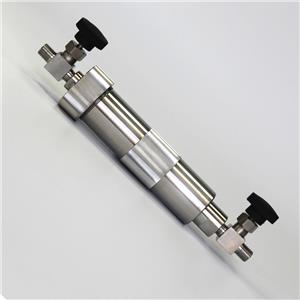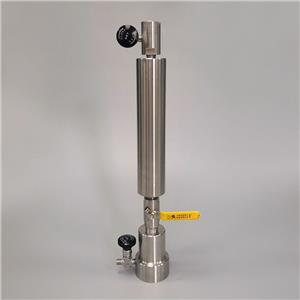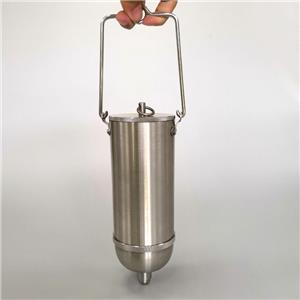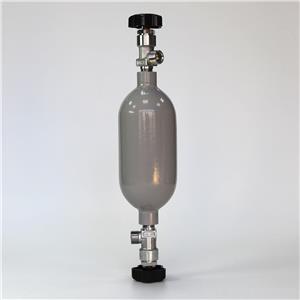The most commonly asked questions about sampling steel cylinders:
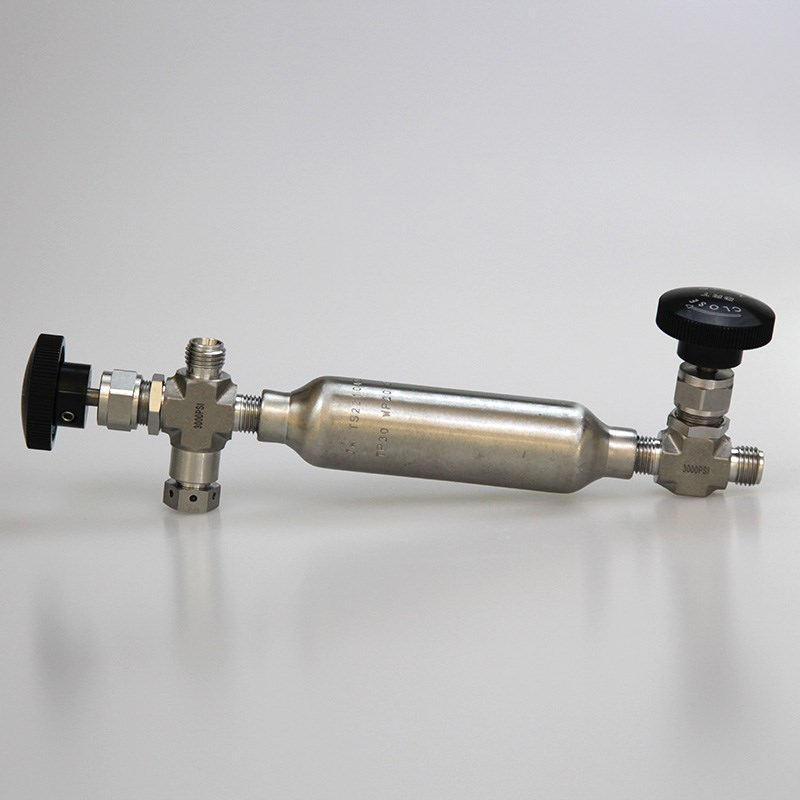 1.What is a sampling cylinder?
1.What is a sampling cylinder?
A sampling cylinder is a container used for collecting and storing gas samples. They are usually made of stainless steel and have characteristics such as pressure resistance, corrosion resistance, and good sealing.
2.What are the dimensions of the sampling steel cylinder?
The size of the sampling steel cylinder varies depending on the demand, with commonly used sizes including 1 liter, 2 liters, 3 liters, 5 liters, etc. Select the appropriate specification of sampling steel cylinder based on the required amount of gas to be collected and the concentration of the sample.
3.How to ensure the cleanliness of the sampling steel cylinder?
Sampling steel cylinders should undergo strict cleaning treatment before being used for sample collection. Usually, steam or acid washing methods are used to remove impurities and pollutants inside steel cylinders. At the same time, the cleanliness of steel cylinders is closely related to their pre-treatment and operation before use.
4.How to use sampling cylinders correctly?
When using sampling cylinders, the following steps should be followed:
a. Prepare the required sampling cylinders, relevant sampling equipment, and gas samples;
b. Confirm that the sealing of the cylinder is good, and then connect the sampling equipment to the cylinder as required;
c. Choose an appropriate sampling method based on the amount of gas to be collected, such as direct sampling or sampling;
d. After the collection is completed, the steel cylinder should be sealed and labeled in a timely manner, indicating the sampling time, location, gas type, and other information;
e. Perform subsequent processing and analysis on the collected gas samples.
5.What should be noted when storing sampling cylinders?
When storing sampling steel cylinders, attention should be paid to the following points:
a. Place the steel cylinder in a cool and dry place, avoiding direct sunlight;
b. Ensure good sealing of the steel cylinder to prevent gas leakage;
c. For flammable and explosive gases, they should be kept away from ignition sources and high temperature areas;
d. Regularly check the integrity of the steel cylinder and the clarity of the label.

